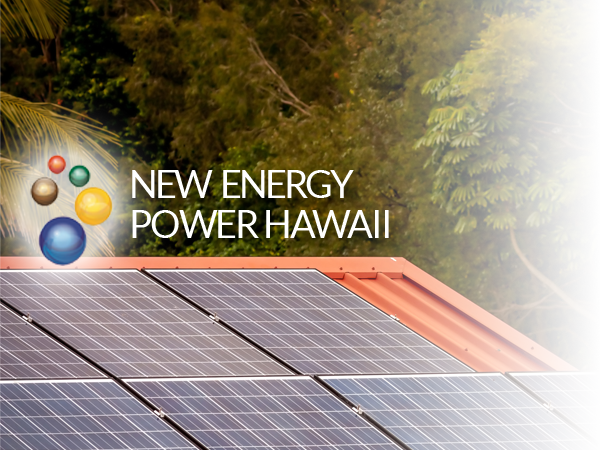
Solar Financing Solutions For Your Commercial And Residential Solar Needs.
Founded in 2015, New Energy Power Hawaii is a energy power provider company that offers long-term, low-cost, solar energy to residential and business owners throughout Hawai‘i. New Energy Power Hawaii focuses on offering savings to its customers with solar generated energy which contributes to our country’s shift to clean, renewable energy.
With our Power Purchase Agreement (PPA), our customers simply agree to purchase electricity from us for the long-term at a substantially lower cost than they currently pay their utility provider. Our team is led by a group of solar professionals who work to ensure that the process of going solar is a seamless and positive experience for the customers’ transition to low cost, efficient clean energy.
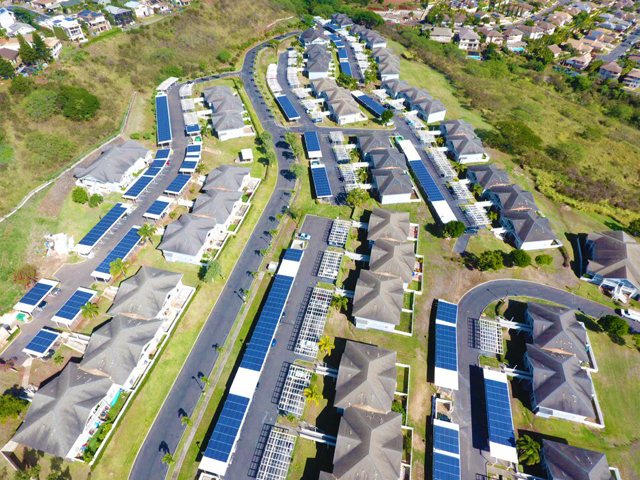
Makakilo Cliffs | Multi-family Residential Development | Oahu

Makakilo Cliffs | Multi-family Residential Development | Oahu

Kula, HI | Maui,
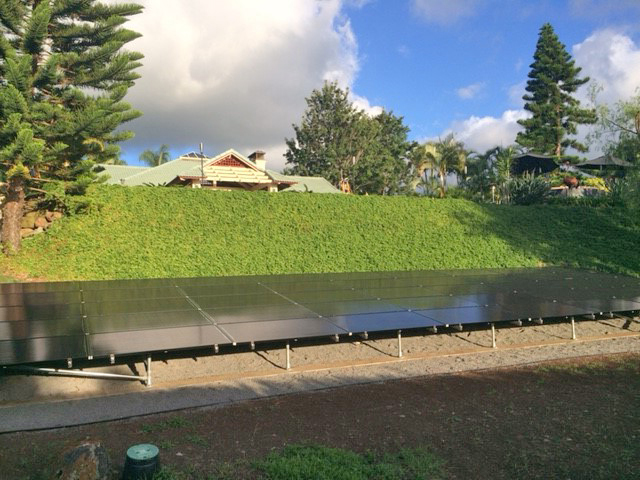
Kula, HI | Maui,
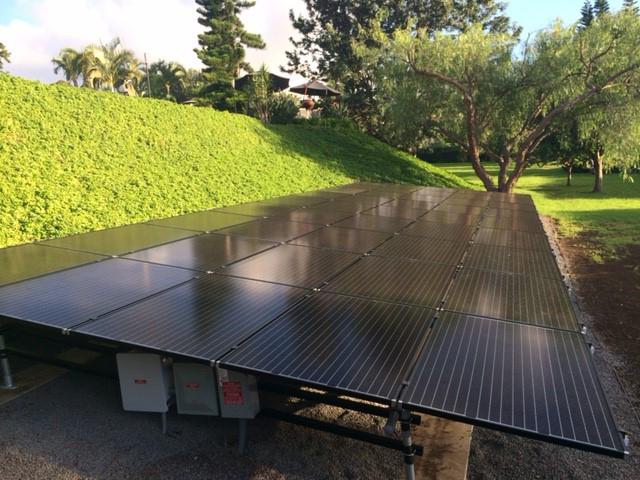
Kula, HI | Maui,
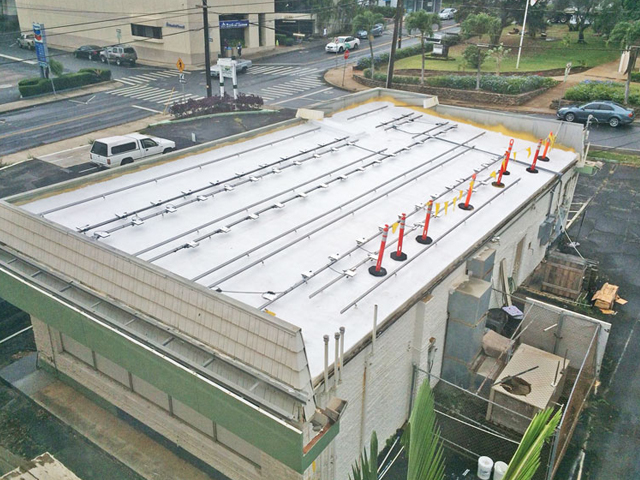
Wailuku, HI | Maui
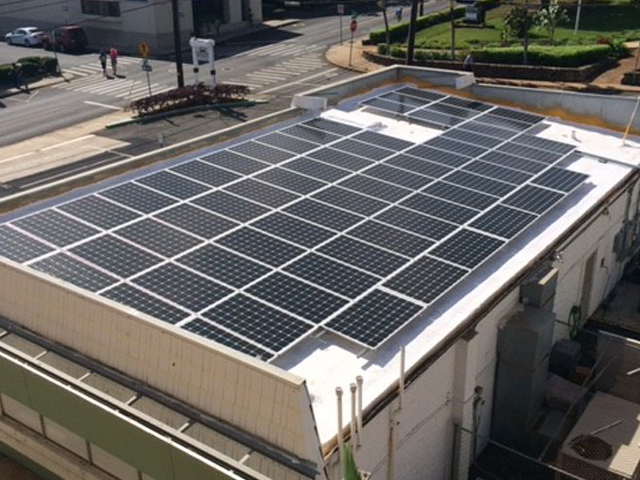
Wailuku, HI | Maui
Cecil Morton
President & CEO
E-Mail: This email address is being protected from spambots. You need JavaScript enabled to view it.


